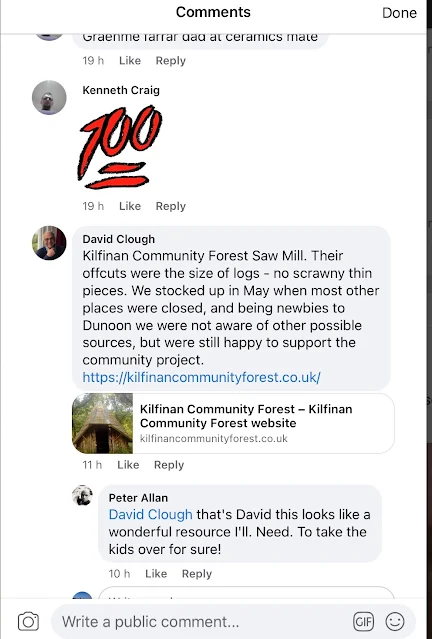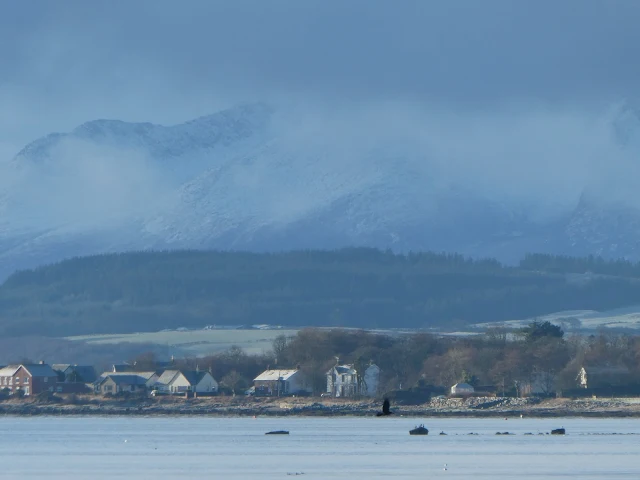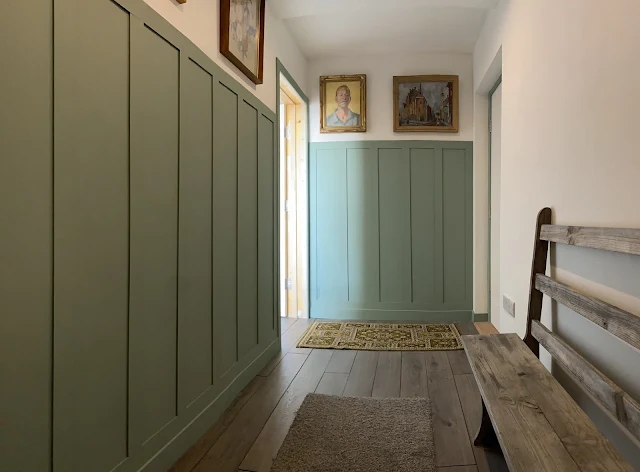Latest from Innellan, Scotland . Overlooking the Clyde
View towards Dunoon as l walk in for my eye test. Fortunately l am still capable of walking miles on a regular basis, even though the need for the eye test is due to the renewal of my driving licence. Needed to prove that l was fit enough, but more importantly safe to drive a lorry or mini bus. Being elderly, a tag attached by the DVLA, l need a medical and eye test as l am nearing the 70 milestone.
More Scottish photos, this time a Highland Cow in the snow. As you will see he has a runny nose, and not a handkerchief in sight.
Nevertheless, still prefer my music from the past, positive mood albums on YouTube Music, such as TumbleweedConnection, by Elton John or Bohemian Rhapsody by Queen. You do get frustrating adverts from gambling companies, but it’s better than paying their monthly charges.
Give it try, it’s amazing what you can find, plenty of hidden gems from the past.
Elton https://music.youtube.com/watch?v=HEORrdw150w&feature=share
Queen https://music.youtube.com/watch?v=bSnlKl_PoQU&feature=share
As the weather becomes bitterly cold with scattered snow shows and icy conditions it’s nice to have warming hearty food. Tried this recipe today and it ticked all the boxes. Found the recipe on an American site, so the measurements are in cups, but that is fairly simple to overcome.
Smoky Lentil Stew With Leeks and Potatoes
Serves 6
INGREDIENTS
- 1 ½ cups small lentils, such as Pardina or Puy (12 ounces), or use any size green or brown lentil
- 1 medium onion, halved, plus 2 bay leaves and 2 whole cloves
- Kosher salt and black pepper
- 4 or 5 medium potatoes, peeled and sliced 3/4-inch thick
- 3 tablespoons extra-virgin olive oil, plus more for drizzling
- 2 medium leeks, white and tender green parts, chopped in 1/2-inch pieces
- 1 teaspoon chopped garlic
- 1 large thyme or rosemary sprig
- 2 tablespoons pimentón dulce or smoked sweet paprika
- ⅛ teaspoon ground cayenne, or to taste
- Small pinch of saffron (about 12 strands), soaked in 1/4 cup cold water
- 1 cup chopped canned tomato with juice
- 2 tablespoons sherry vinegar
- Chopped parsley (optional)
PREPARATION
- Rinse lentils. Put them in a heavy-bottomed pot and add 8 cups water. Pin a bay leaf to each onion half using a whole clove and add to the pot. Bring to a boil over high heat, add a large pinch of salt, then reduce heat to a simmer. Cook with lid ajar for about 30 minutes, until soft. Turn off heat.
- Meanwhile, bring a medium pot of salted water to boil, and cook the potato slices until just done, about 10 minutes, then drain and spread out on a baking sheet to cool.
- Put 3 tablespoons olive oil in a large skillet over medium-high heat. When the oil is wavy, add leeks and stir to coat. Season with salt and pepper. Let leeks cook briskly, stirring frequently until soft but still bright green, about 5 to 8 minutes. Turn heat to medium, stir in chopped garlic, thyme, pimentón and cayenne.
- Add saffron and soaking water, the chopped tomato and vinegar. Turn heat to high and let everything simmer for a few minutes. Pour contents of skillet into Dutch oven with lentils. Add the reserved potatoes.
- Bring to a boil, then reduce to a simmer. Cook covered with lid ajar for about 10 minutes. Taste and adjust seasoning, then cook for 10 more minutes. The lentils will be quite soft and the potatoes will start to break. Discard onion and thyme sprig.
- Finish with a drizzle of extra-virgin olive oil and chopped parsley, if you wish.
Rye Harbour’s Discovery centre
The sheer expanse of Rye Harbour’s coastline – dotted with faded military outposts and Henry VIII’s crumbling Camber Castle – can make it seem desolate, but in fact, this 465-hectare nature reserve is among the most biodiverse places in Britain. Shingle, saltmarsh, saline lagoons, marshes and reedbeds create habitats for more than 4,000 species, 300 of which are rare or endangered. To celebrate the reserve, the Wildlife Trust is opening a visitor centre at Rye Harbour in April. The low-lying building will have sustainably sourced sweet chestnut cladding to blend into the landscape and offer accessibility for all visitors. It will also have a cafe to increase its year-round appeal.
• ryeharbourdiscoverycentre.org.uk
Wild on the Isle of Wight
White-tailed eagles have been reintroduced to the Isle of Wight. Photograph: Nick Edwards/Roy Dennis Wildlife Foundation/Forestry England
The Isle of Wight’s coast and ancient woodlands are home to species rarely seen elsewhere in the UK. Glanville Fritillary butterflies, hazel dormice and red squirrels thrive, and a successful reintroduction in 2020 means 11 white-tailed sea eagles now soar overhead. Having earned biosphere reserve status in 2019, in 2020 the Wildlife Trust launched a Wilder 2030 vision for the island. By acquiring more sites for wildlife restoration, the Trust hopes to make nature recovery work for local people. The plan started in 2020 with the purchase of a run-down 40-hectare farm, Little Duxmore. Once restored, the site’s wetlands and downland will become a haven for wildlife and welcome visitors and volunteers.
New tour operators embrace slow travel on home turf
The Deerstalker train, part of the Caledonian Sleeper, near Corrour, the UK’s most remote station. Photograph: Joe Dunckley/Alamy
Once tourism is possible again, flight-free adventures in (and near) the UK should be easier to arrange with some new tour operators. Byway hopes to champion lesser-known destinations by slow means. Founder Cat Jones’ favourite itineraries include a solo rail and ferry adventure around western Scotland, including stays in Corrour, the UK’s most remote railway station, and on the eco-minded island of Eigg. Wilderness Scotland has branched out to offer self-guided walking, driving and cycling tours across the border, working with Wilderness England. The more adventurous may be interested in Natural Britain, which promises to provide a carbon label for each trip and hopes to raise the bar when it comes to adrenaline-packed adventures close to home.
Community buyout and nature-based tourism
Members of the Langholm Initiative with local residents on Langholm Moor. Photograph: Murdo MacLeod/The Guardian
In 2020, the former textile town of Langholm, in Dumfries and Galloway, proved that passionate communities can change a landscape’s history. In 2019, after grouse shooting was deemed economically unsustainable on Langholm Moor, the landowner, Lord Buccleuch, sought a quick sell. United by the cultural and natural significance of the moorland – which is a site of scientific interest – and backed by the likes of the John Muir Trust, the Langholm Initiative bought 2,000 hectares. The community will now create a new Tarras Valley nature reserve, which will restore the globally significant peatlands and ancient woodlands, and use nature-based tourism to provide local jobs.
• langholminitiative.org.uk; tours, when possible, at wildeskdale.co.uk
Finally, try dreaming of future places to visit. The NYT came up with a list of 52 spectacular places to visit.
























































Comments
Post a Comment